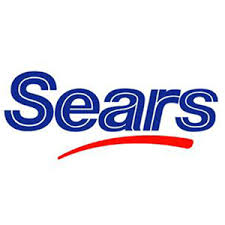Marketing Silos vs. Community.
Where do key marketing insights come from? Where does creative inspiration come from? Where do sales come from? Nice questions, no?
Key market insights come from people (consumers or business buyers) and market data. Market data, however, is just an aggregation of consumer activity and the patterns they throw off.
Creative inspiration, in this machine that is the marketing and agency business, comes from the creative brief. Where on the brief? Many would like think it jumps from the boiled down “selling idea,” “key thought,” or “engagement trigger” — whatever it’s called these days. But realistically it comes from anywhere on the brief. Inspiring creative people can’t be mapped, it just happens. People are complicated.
And sales? Sales come from stores, catalogs and websites but really from the hands and minds of people.
So duh, the common denominator in this serial journey to a sale is people. The most effective marketing teams are those who make all three legs of this stool work together.
This is your silo issue, not revenue by agency type or department. It’s not about break though work. It’s not about sales spikes. Or the most powerful media tactic or database. It’s about getting people to see patterns, inspire others, and learn what sells in a specific category – then forming a community around the brand that fosters those activities. Agencies come and go. Campaigns come and go. Communities (unless you’re the Aztecs) not so much. Peace!




